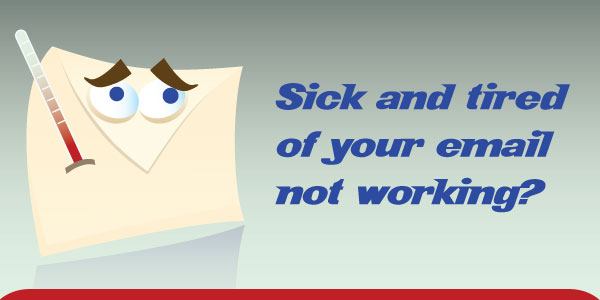
Get comprehensive protection from spam, viruses and phishing attacks
Exchange Server provides integrated antivirus, anti-spam and anti-phishing technologies to stop the latest threats before they impact your business and employees.
Some of the biggest threats in the e-mail world are the spams and phishing mails which you receive. Besides being threats; managing them takes away your precious time and reduces your overall productivity. Our multi-layered advanced anti-spam/anti-virus spam firewall system is here to save your time and protect you from threats. IBSPoint’s enterprise grade advanced Anti-Spam/Anti-Virus spam firewall is included free of charge with all hosted exchange mailboxes.
Anti-Spam And Anti-Virus
Sender ID
Exchange Server embeds support for Sender ID, an e-mail industry initiative designed to verify that each e-mail message originates from the Internet domain from which it claims to come based on the sender’s SMTP (Simple Mail Transfer Protocol) server IP address. Sender ID helps prevent domain spoofing and protect legitimate senders’ domain names and reputation and helps recipients more effectively identify and filter junk e-mail and phishing scams.
Outlook E-Mail Postmark
Exchange verifies Outlook E-mail Postmarks attached to messages sent from Outlook. The Outlook E-mail Postmark can reduce false positives for messages from legitimate senders that have little to no sender reputation.
Spam Assessment
In addition to scanning message content, the Intelligent Message Filter (IMF) consolidates guidance from Connection, Sender/Recipient, Sender Reputation, Sender ID verification, and Outlook E-mail Postmark validation to apply a Spam Confidence Level (SCL) rating to a given message. Actions on the message can be preconfigured based on this SCL rating. Actions may include delivery to the inbox or junk mail folder, delivery to the spam quarantine, or outright rejection and no delivery.
Antivirus Protocol Rules
As a reactive defense mechanism, protocol rules provide a layer of protection before antivirus signature updates become available.
Deep Integration for Antivirus Scanning
Antivirus solutions can be more tightly integrated in the Exchange Server environment. Antivirus solutions have access to the Multipurpose Internet Mail Extensions (MIME) parsers and—depending on the server—can scan the message stream in transport. Catching viruses in transport helps prevent their delivery and storage in Exchange mailboxes.
Should you be concerned about protection from internal and external threats?
According to the 2004 CSI & FBI Computer Crime and Security Study, 78% of organizations were hit by viruses, and 37% reported unauthorized access to information.
Content Filtering
Content Filtering
Content is analyzed using the Intelligent Message Filter (IMF), Exchange Server’s implementation of Microsoft SmartScreen content filtering technology. SmartScreen is based on Microsoft Research’s patented machine-learning technology.
Anti-phishing capabilities are also built-in to the IMF to help detect fraudulent links or spoofed domains and protect users from these types of online scams.
When used with Outlook, a phishing warning or block appears in the user interface. Customers are protected from emerging spam attacks through the automatic filter updates for Exchange Server, which are published on a frequent basis.
Phishing vs. Pharming:
Phishing attempts to scam people one at a time with a fraudulent e-mail, while pharming allows the scammers to target large groups of people at once through domain spoofing.
Confidential Messaging
Intra-Org Encryption
All mail traveling within an Exchange Server organization is encrypted by default. Transport Layer Security (TLS) is used for server-to-server traffic, Remote Procedure Call (RPC) is used for Outlook connections, and Secure Socket Layers (SSL) is used for Client Access traffic (Outlook Web Access, Exchange ActiveSync, and Web Services). This prevents spoofing and provides confidentiality messages in transit.
SSL Certificates Automatically Installed
SSL certificates are installed by default in Exchange Server, enabling broad use of SSL and TLS encryption from clients such as Outlook Web Access and other SMTP servers.
Opportunistic TLS Encryption
If the destination SMTP server supports TLS (via the “STARTTLS” SMTP command) when sending outbound e-mail from Exchange Server, Exchange Server will automatically encrypt the outbound content using TLS. In addition, inbound e-mail sent to Exchange Server from the internet will be encrypted if the sending server supports TLS (Exchange Server automatically installs SSL certificates).













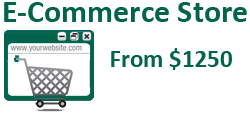



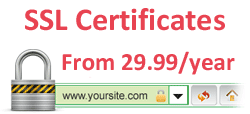
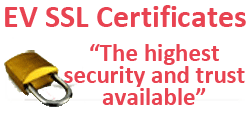
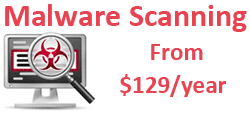








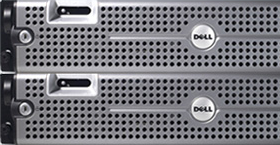



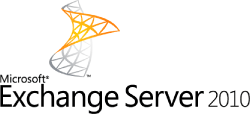



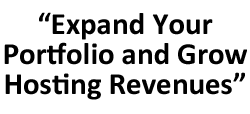
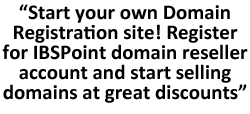












 LinkedIn
LinkedIn